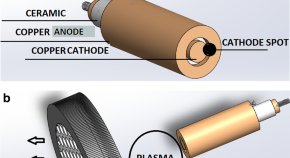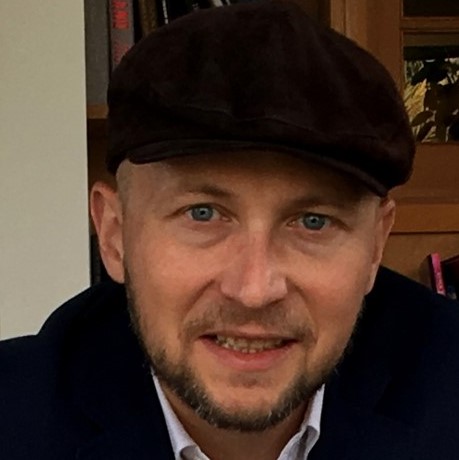
Collection
Novel Numerical Methods for Electric Propulsion Modeling
- Submission status
- Closed
Editors
-
Lubos Brieda
Lubos Brieda is President at Particle in Cell Consulting LLC, where he is focusing on developing simulation codes for analyzing electric propulsion devices and the space environment. He has authored a book on numerical plasma simulations in 2019. Since 2020, he is also working as a part-time lecturer at the University of Southern California in Los Angeles, where he has developed a new course on scientific computing and is teaching computational plasma physics. He holds a PhD in Mechanical and Aerospace Engineering from the George Washington University, and an MSc in Aerospace and Ocean Engineering from Virginia Tech.
-
Francesco Taccogna
Francesco Taccogna is a researcher at the Institute for Plasma Science and Technology (ISTP) of the National Research Council (CNR) since 2008, and since 2015 he has been associated with the National Institute of Nuclear Physics (INFN). He is working on dynamics and kinetics in non-equilibrium rarefied gases and low temperature plasmas by particle models. His research activity is documented by about 100 ISI papers and more than 1600 citations. He has been invited to discuss his research at numerous international conferences and in various universities and national laboratories in Europe, USA, China and Japan.
Articles (7 in this collection)
-

-
Molecular dynamics studies of ionic liquid-surface interactions for electrospray thrusters
Authors
- Rafid Bendimerad
- Elaine Petro
- Content type: Research
- Open Access
- Published: 25 November 2022
- Article: 27

-
Enabling direct kinetic simulation of dense plasma plume expansion for laser ablation plasma thrusters
Authors
- Wai Hong Ronald Chan
- Iain D. Boyd
- Content type: Research
- Open Access
- Published: 21 November 2022
- Article: 26

-
Air ionization in self-neutralizing air-breathing plasma thruster
Authors
- Anmol Taploo
- Li Lin
- Michael Keidar
- Content type: Research
- Open Access
- Published: 17 November 2022
- Article: 25

-
Resolving multi-dimensional plasma phenomena in Hall thrusters using the reduced-order particle-in-cell scheme
Authors
- Maryam Reza
- Farbod Faraji
- Aaron Knoll
- Content type: Research
- Open Access
- Published: 14 October 2022
- Article: 19

-
Comparison of computational algorithms for simulating an electrospray plume with a n-body approach
Authors (first, second and last of 5)
- Sebastian K. Hampl
- Marshall T. Waggoner
- Paulo C. Lozano
- Content type: Research
- Open Access
- Published: 07 October 2022
- Article: 17

-
Molecular Dynamics Simulations of Ion Extraction from Nanodroplets for Ionic Liquid Electrospray Thrusters
Authors (first, second and last of 5)
- Takaaki Enomoto
- Shehan M. Parmar
- Yoshinori Takao
- Content type: Research
- Open Access
- Published: 26 September 2022
- Article: 13




